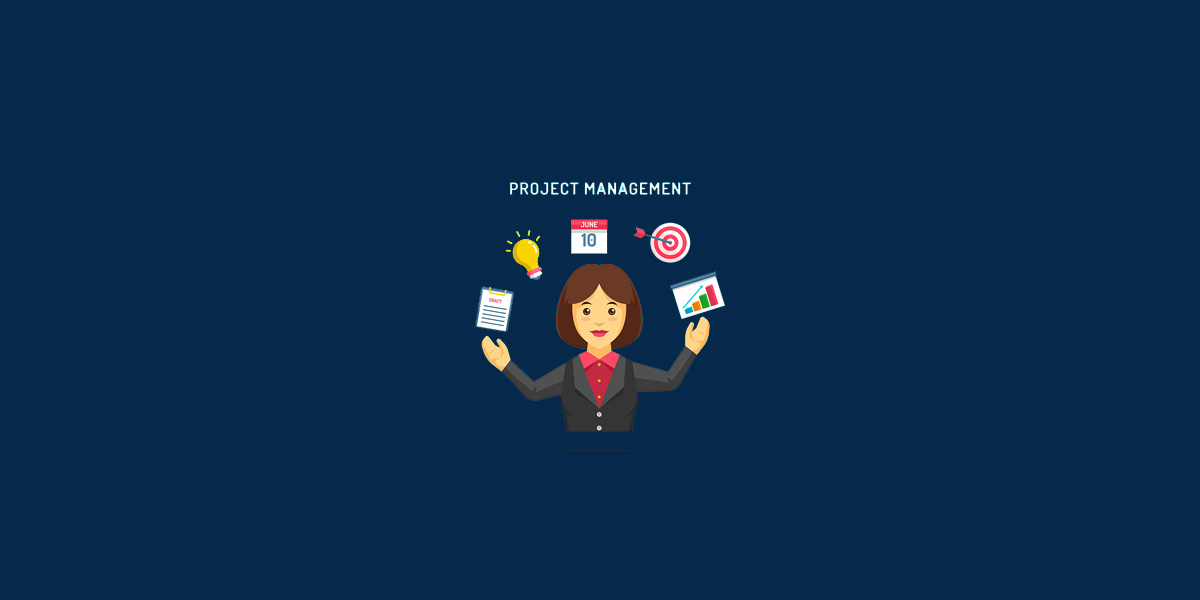Empowering Learning: Continuous Feedback with Skill Assessments

If you have ever given someone directions and then walked off before checking if they understood you, you already know why continuous feedback matters. In learning and development, it is the difference between progress and standing still. For Australian workplaces, classrooms, and training environments, staying on track is not a one-time event. It is a steady conversation — one that tells learners, employees, and candidates, “You are here now. Let us work on where you want to go next.”
Welcome to the world of ongoing progress through formative assessment. Here, skill assessments are not just about ticking boxes. They are tools that guide people step by step, gently adjusting their direction as they learn, improve, and grow. This blog is for you — whether you are in Human Resources, managing a team, training the next group of professionals, or helping someone land their first job.
Let us walk through how continuous feedback can support stronger outcomes in your organisation, one assessment at a time.
Why Continuous Feedback Matters in Learning
Think of learning like baking a cake. If you wait until the very end to check if it tastes right, you might find yourself chewing on disappointment. The same goes for skills development. Formative assessments — the check-ins and quizzes along the way — act like taste tests. They give people the chance to adjust ingredients and get things right before the final presentation.
Continuous feedback helps with:
- Spotting misunderstandings early
- Encouraging learners to reflect and self-correct
- Building confidence through clear progress markers
- Giving instructors or managers the ability to tailor next steps
When learners know how they are doing as they go, they do not waste time heading in the wrong direction. They stay motivated, focused, and better equipped to hit the mark.
Making Adjustments in Real Time
No one learns in a straight line. Some pick up skills quickly; others take the scenic route. That is why having real-time insight into a person’s development is so valuable. Through regular skill assessments, you can see patterns and progress.
For example, if a job seeker in your training program is struggling with communication tasks but doing well in problem-solving, that tells you something. You do not need to wait until the end to act. You can step in, tweak the support plan, and help them where they need it most — right now, not later.
This kind of flexibility is not just helpful. It is fair. It respects each person’s pace and style of learning.
Formative Assessment vs. Summative Assessment
Let us clear up the difference, just in case:
- Formative Assessment is like checking your rearview mirror while driving — it helps you adjust along the way.
- Summative Assessment is more like your final driving test. It tells you how you did at the end.
Both are important, but formative assessment gives you the opportunity to make learning adjustments before it is too late.
In workplaces and training programs across Australia, more organisations are using continuous feedback to spot talent earlier, reduce training dropouts, and support long-term success.
How RefHub Helps with Continuous Feedback
At RefHub, we focus on building clear, structured, and practical skill assessments that give both learners and decision-makers the full picture. Whether you are managing new hires, building internal training plans, or helping someone prepare for job placement, our tools help keep the conversation going.
Our Assessments page here outlines our approach, grounded in evidence and made to fit real workplaces in Australia. We do not just show you where someone stands. We show you where they could go next — and how to get there.
Using Feedback to Shape Future Learning
Once you start collecting feedback, what do you do with it? The short answer: respond to it.
Use assessment results to:
- Adjust learning goals: Is the target too easy? Too hard? Just right?
- Tailor content: Give more support in weak areas and speed up where people are already strong.
- Engage learners: Show them their progress. Ask for their input. Make it a two-way street.
- Refine training programs: Over time, feedback can show patterns that help you build smarter programs for the next group.
Remember, the goal is not to catch mistakes. It is to support progress.
What It Means for Australian Employers and Educators
Across Australia, Learning and Development specialists, HR teams, and educators are under pressure to deliver training that works. You want to see growth — not just pass marks, but real improvement. You also want data you can trust, insights that help you make the right decisions, and assessments that reflect actual job performance.
By using continuous feedback, you can:
- Improve retention of staff and learners
- Identify gaps before they become problems
- Make better hiring and promotion decisions
- Strengthen learning culture across departments or classrooms
Skill development is not guesswork. It is a guided journey — and feedback is the map.
How It Helps the Learner Too
Let us not forget the person on the other side of the table — the learner. Whether they are a job seeker trying to break into the workforce, a team member learning new software, or a student preparing for industry placement, ongoing feedback gives them:
- Clarity: “Now I understand what is expected.”
- Direction: “Here is what I need to work on.”
- Reassurance: “I am making progress.”
- Motivation: “Someone is paying attention.”
It tells them: You are not on your own. We are checking in — not checking out.
Simple Steps to Start Using Continuous Feedback
If you are new to this approach, you do not need to flip everything upside down. Start small and build from there. Here is how:
- Set clear goals for what each skill assessment should show.
- Use frequent check-ins — short quizzes, reflection prompts, or short tasks.
- Provide timely feedback — do not wait until the end of the month.
- Track progress over time — not just whether they passed, but how far they have come.
- Adjust learning plans — when feedback shows a gap, respond with support.
RefHub’s Assessment Solutions can support each of these steps with structured tools made for Australian businesses and educators.
Final Thoughts
Progress should never be a surprise. With continuous feedback, people know where they stand, where they are headed, and how to get there. It builds trust, reduces confusion, and improves outcomes — whether you are working in an office, a training centre, or a classroom in regional Australia.
In the end, learning is not about waiting for the final result. It is about knowing, adjusting, and moving forward — one step at a time.
Ready to Make Feedback Work for You?
Start building stronger learning outcomes today with skill assessments that keep the conversation going.
👉 Visit RefHub’s Assessments page and find the tools that match your goals.
Let us help you make progress clear, feedback fair, and learning smart.




